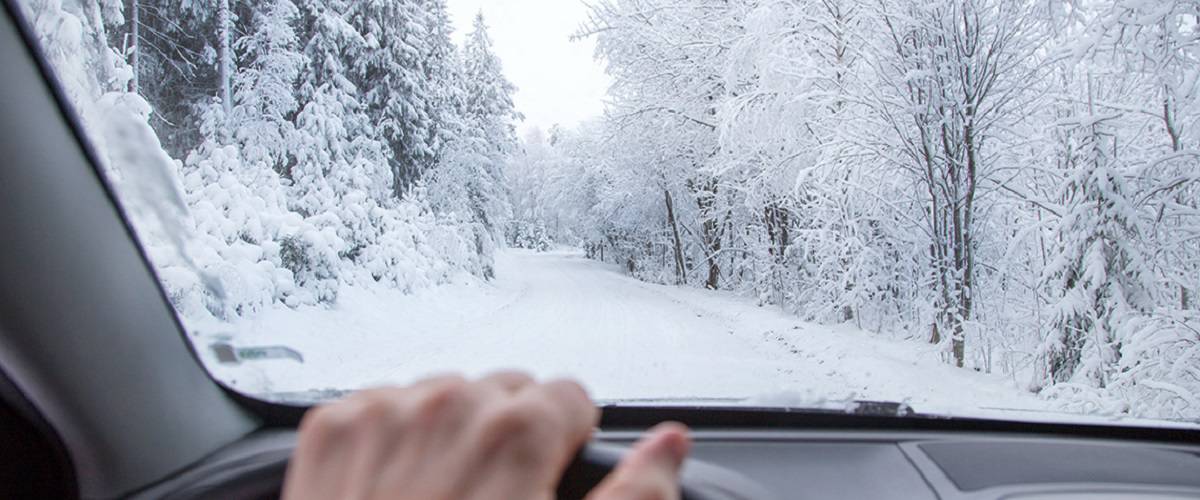Depending on where you live, you might be getting your first snow. And with the first snow, comes bad driving. No matter where you live, you likely had the thought that “people don’t know how to drive in the snow.” But let’s make sure YOU aren’t that person. Here’s some advice on how to drive in the snow, courtesy of Triple-A.
General Advice
- Avoid driving when fatigued. Winter driving requires more focus and alertness.
- Do not “heat up” your vehicle in a garage or other closed area. This can cause oxygen deprivation and Co2 poisoning.
- Make sure your tires are inflated properly, and you are not mixing radial tires with other kinds.
- Keep your gas tank at least half full to avoid gas line freeze up.
- Do not use cruise control.
Driving IN the Snow
- Speed up and slow down slowly. Hard brakes and flooring it can cause you to lose traction and slip.
- Drive slowly. Or to be more precise, don’t drive faster than is safe.
- Don’t stop if you can avoid it. Starting back up is a lot harder in the snow.
- Don’t try and power up a hill. That extra torque you apply will just cause you to spin in place.
- Just stay home. Can’t slip on an ice patch if you don’t go out.
Long Distance Winter Car Trips
- Track weather reports. Know what you’ll be getting into.
- Have a communication device, as well as blankets and other warming methods.
- If snowbound, stay with your vehicle. It’s sheltered against harsh winds and makes you easier to find.
- Tie a bright cloth or low-power LED to your antenna to signal distress and be easier to find. Your vehicle dome light is also effective.
- Be sure to keep the exhaust pipe clear of snow or ice.
Stay safe this winter, everyone.

